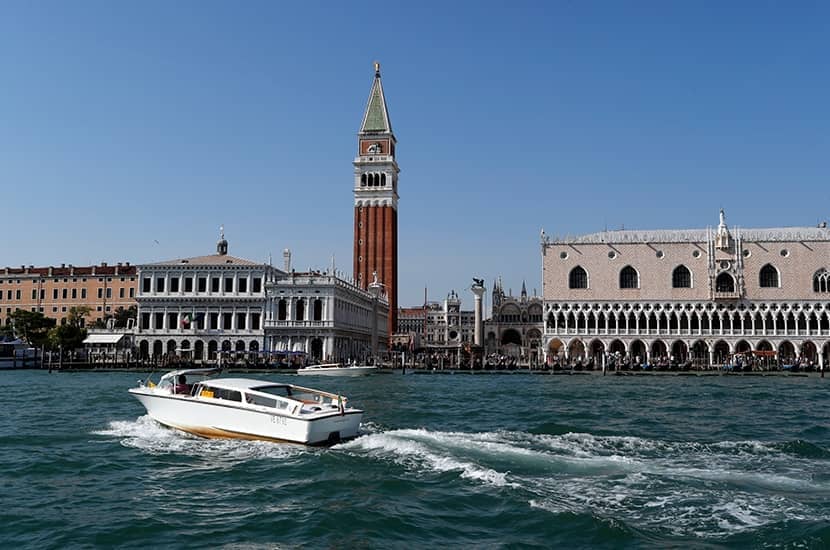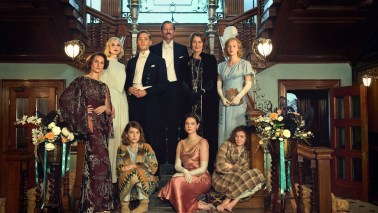Jan Morris, in all her incarnations, was always able to evoke a place and a moment like no other. As James Morris, the only journalist to cover the first successful ascent of Everest in 1953, he described Edmund Hillary returning from the summit as
huge and cheerful, his movement not so much graceful as unshakably assured, his energy almost demonic… It was a moment so thrilling, so vibrant, that hot tears sprang to the eyes of most of us.
Morris, who died last year, was married to Elizabeth Tuckniss for 71 years and had five children, one of whom died in infancy. She transitioned to live as a woman in 1964, one of the first high-profile people to do so. Her subsequent memoir, Conundrum, was a bestseller. My admiration for her writing has always been unbounded, but I did wonder what to expect of this strangely titled posthumous work. It turned out to be a gem: a series of enchanting, immaculately crafted vignettes interpreting her travelling life. Each short essay left me gasping or laughing with delight.
They were conceived as allegories, as ways of bringing more meaning than appears on the surface to seemingly mundane stories. In the introduction, which she calls ‘Pre-mortem’, she describes the book as being ‘roughly assembled… around a theme of travel’. And it is a sort of charming vade mecum, a slim volume to carry with one when visiting some of her favourite places. What better way could there be of opening one’s eyes to the beauty, interest and humour of a landscape and its inhabitants than to read one of these sharp, perspicacious snippets?
Persuaded by Elizabeth to take a vaporetto in Venice for the first time, having always previously splashed out on ‘impeccably varnished water-taxis which, for a notorious fee, would whisk me without hassle to the quayside of my hotel’, she splendidly captures both the glorious chaos of Venetian public transport and the feelings of someone having a major holiday grump:
Humping our bags in the gathering dusk, tripping over ourselves, fumbling for the right change, dropping things all over the place, with our tickets between our teeth, we stumbled up the gangplank on to the already jam-packed deck. There we stood for three or four days, edging into eternity, while the vessel pounded its way through the darkness up the Grand Canal, stopping at every available jetty with deafening engine-reversals, throwing us about with judderings, clangings and bumps, while we stood there cheek-by-jowl with ten thousand others on the cold and windy poop. When at last we debouched on the quayside below San Marco, looking as though we were stepping on to Omaha Beach, Elizabeth turned to me with an air of satisfaction. ‘There you are, you see. That wasn’t so bad was it? Think of the money we saved!’
But it turned out she spoke too soon. Somebody on the vaporetto had stolen the wallet containing all their money and credit cards. The police were charmingly ashamed and assured them that no Venetian would have done such a thing — ‘it must have been one of those Albanians’. Later, in Harry’s Bar — ‘a hostelry I have frequented ever since those glory days of victory’ — they told their sad story; and ‘Lo! They gave us a free dinner (scampis with white wine, with a zabaglione afterwards) just to cheer us up’.
She loved big ships, especially the great Atlantic liners built in the 1930s. She describes, late in life, going on a Mediterranean cruise in a modern ship which she names the Geriatrica on first sight of her fellow passengers. But she comes to admire their fortitude and their determination to have a good time on what might well be their last journey:
There they were in silhouette, as those gods and heroes might be on a Grecian frieze: the mad sinewy sprinter overtaking everyone, the scholarly couple deep in talk, one or two young bloods from the entertainment staff, an old man bowed over another’s wheelchair, several solitary energetic ladies, a few game military men forever arthritically on the march.
She renames the ship the SS Indomitable.
Time and again she delights us with her view. Here is what she sees from the window of a train as it puffs its way through her beloved Wales:
Misty mountains, of course, fields speckled with sheep, the odd castle on a rock, herons, slate quarries, woods of oak and fir, buzzards, ancient bridges, rivers placid and torrential, wild hyacinths, slag heaps, cormorants, ponies, racing sheepdogs and knobbly farmers in cloth caps.






Comments